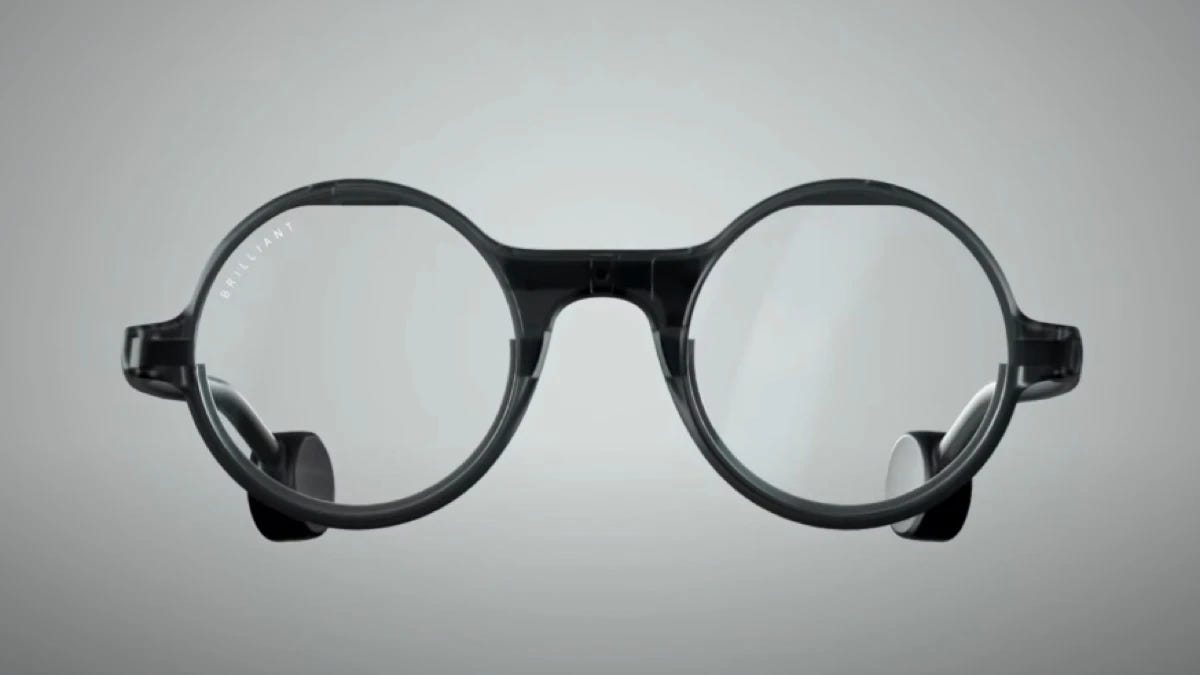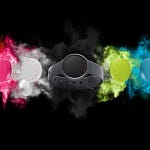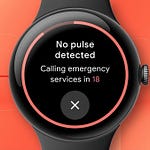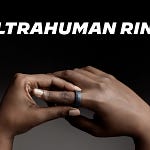Welcome to the latest edition of the PULSE by Wareable podcast. This week, Brilliant Labs CEO Bobak Tavangar is our guest.
The Singapore-based startup hit the headlines earlier this year when it announced Frame – a sleek-looking, hipster-style pair of smart glasses that places the power of generative AI in front of the wearer’s eye.
When the 39g specs ship on 15 April for $349, they’ll give users the power to answer queries, translate languages, and even deliver instant price comparisons for items directly in their vision.
In our chat, Tavangar discusses the challenges of designing a pair of smart glasses people actually want to wear, the dangers of AI in closed ecosystems, and the Brilliant Labs philosophy towards user data, subscription fees, and replacing your phone.
Enjoy the episode, and stay tuned for our real-world test of Frame as we edge closer to next month’s release date.
Brilliant Labs Frame: Overview
Unlike most smart glasses, Frame isn't trying to replace your TV, nor your laptop a la Apple Vision Pro. Instead, the focus is on assisting your day via AI.
By tapping on the Frame’s arm, you can receive answers to queries, translations to traffic signs in different languages, nutritional breakdowns of the lunch in front of you, and even price comparisons for things you see when out shopping.
The Frame can also handle multimodal input, which means it can respond to both your voice and link it to what it can see in your environment. So, if you are out shopping, for example, you can ask Frame to run a price check on a product you're looking at and it'll deliver Amazon listings, say, as a reference.
As with the Brilliant Labs Monocle - the clip-on, open-source device that came before Frame - information is displayed in just one eye, with overlays being pumped out at around 3,000 nits brightness.
The company also suggests that the display in your right eye consists of around 20 degrees of your field of view, and, at 640 x 400, is equivalent to holding out an iPad at arm's length.
Brilliant Labs suggests that Frame will last all day, based on around 10-20 minutes of interaction per hour.
Key takeaways:
A future where AI hardware works together















